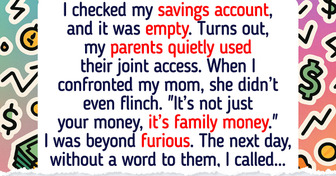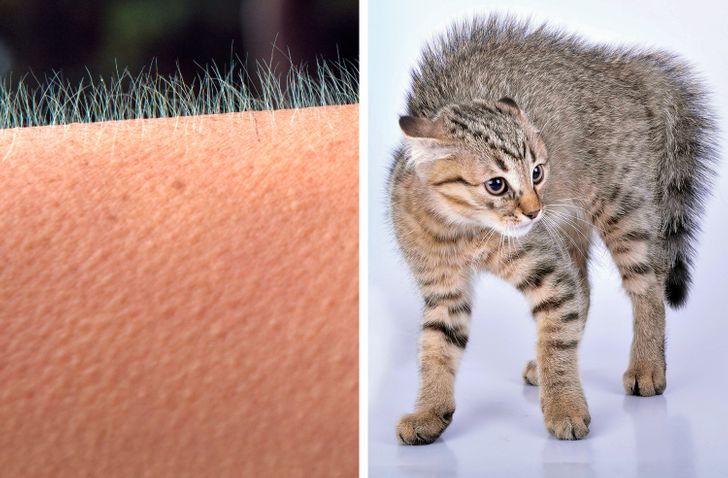????
9 Ways Your Skin Reacts to Everyday Situations
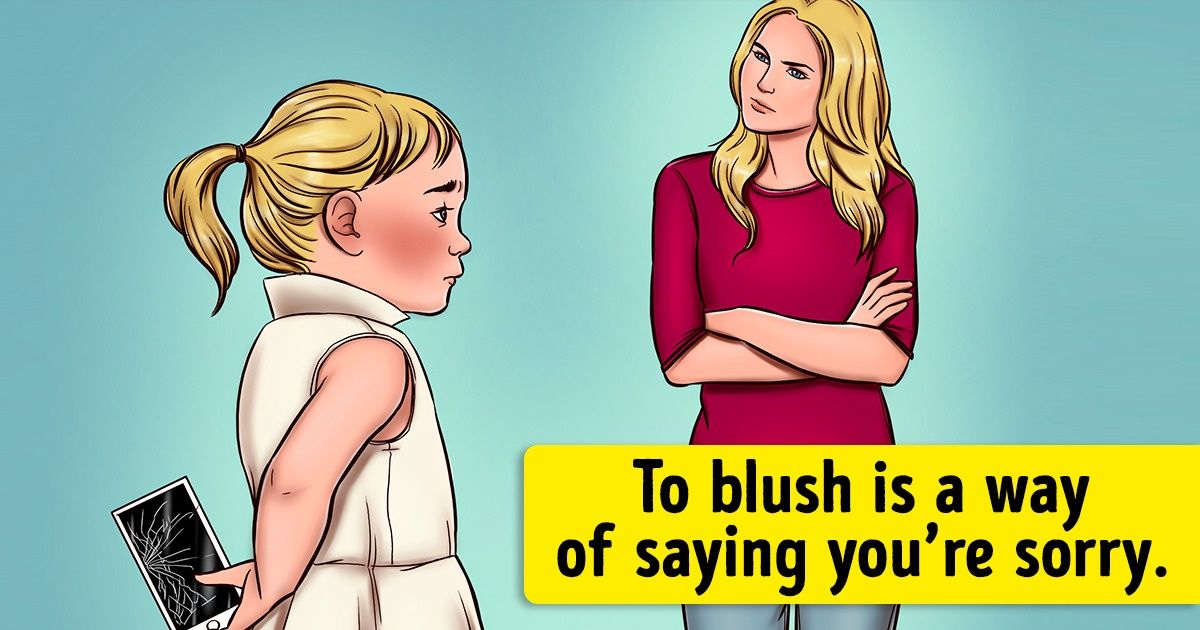
The skin is, without a doubt, a very important part of your body. It’s actually the largest organ in the human body. But despite that fact, it still remains a bit of a mysterious organ. Of course, everybody knows that it can change its color, texture, and appearance, like after sunbathing, for example. But some other reactions, such as blushing or getting goosebumps, can give us a deeper understanding of how our body works.
In order to learn more about the skin, Bright Side carried out a quick search on specialized websites. And we’re happy to say that we found answers to many questions about all the things our skin does every day and we can’t stop thinking about it.
1. Our skin is completely renewed every month.
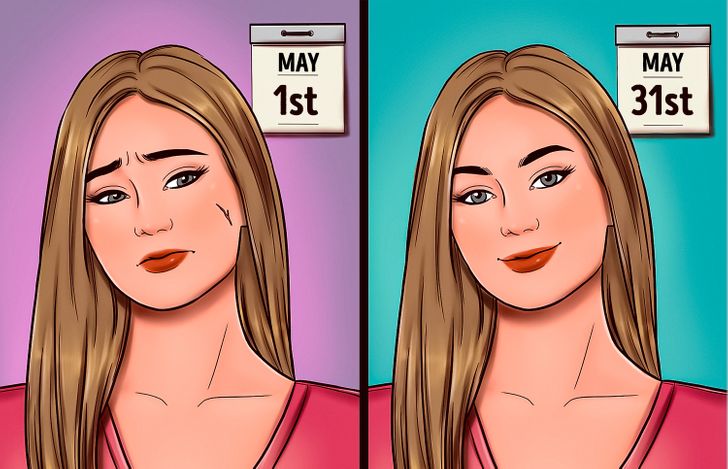
You probably already know that your skin is made up of billions of cells, so there’s no secret there. However, from that extremely high number, about 30,000 to 40,000 cells are lost in the form of flakes. And that’s just in one minute. So basically, if you were to add up the weight of the skin you lost over the last 4 and a half years, you’d end up with about 40 pounds of skin flakes! Of course, you hardly even notice this in your daily life. Dead skin just falls off without making a sound or leaving a trace. It just becomes dust, which makes up a lot of what you sweep up when you’re cleaning the house.
This may lead you to wonder what happens when we lose that skin. As it turns out, the skin is all about regeneration. In other words, most people just have completely renewed skin after 2 weeks to a month. That also means that most of the skin that is visible to the naked eye is actually ready to be shed. If you find this to be a bit creepy, just think about the fact that shedding so much skin is also what allows our wounds to heal so quickly. On the downside, that’s also why our tans don’t last very long...
2. Why we blush
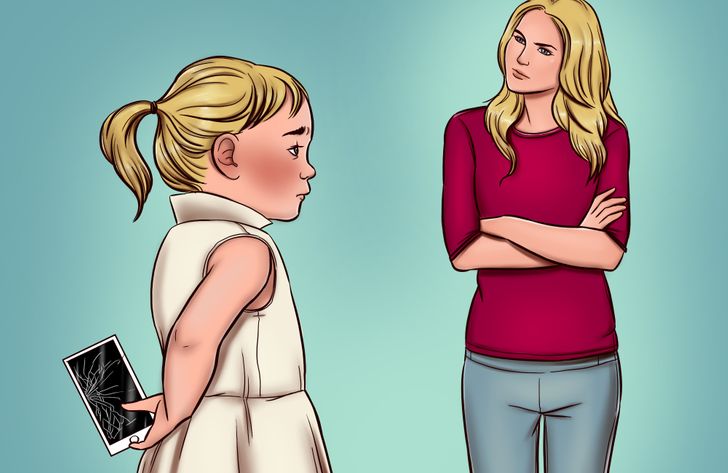
Blushing is a natural response that we cannot control. It’s the way in which our bodies react without us being able to do anything to prevent it. You might even say that the more we want to hide that we’re ashamed of something, the more flush we become. When we experience shame or regret, the adrenaline in the body increases, the heart beats faster, and one breathes heavily. The blood vessels expand so that the extra blood being pumped can flow through faster. Of course, in your face, it’s veins in our cheeks that are expanding, and that’s what makes our face suddenly, and much to our regret, hopelessly red.
In a way, when you’re blushing, you’re giving away that you acknowledge that you’ve done something you weren’t supposed to do and that you feel ashamed of it. Blushing can also be an involuntary way of saying you’re sorry when you’ve done something society doesn’t agree with.
3. Why some people have freckles
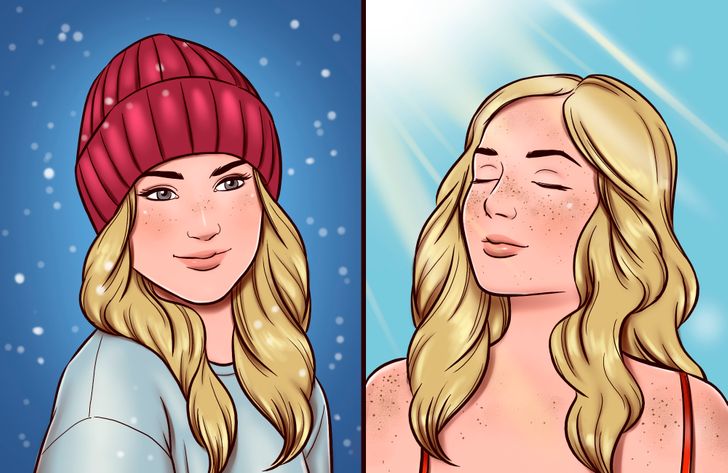
Melanin is the main player here. Freckles are the parts of your skin with a higher concentration of melanin that isn’t distributed evenly, but instead, in small groups. However, the mechanism remains the same: the areas of the skin with a higher concentration of melanin become active when exposed to sunlight. That’s also why some freckles often appear in the summer and then disappear during the winter.
Interestingly, freckles seem to appear faster than a regular tan mostly because they’re grouped in small areas of the body, making them more noticeable in contrast. But melanin is actually active in all types of skin at all times.
4. Why the skin gets red when it gets sunburned
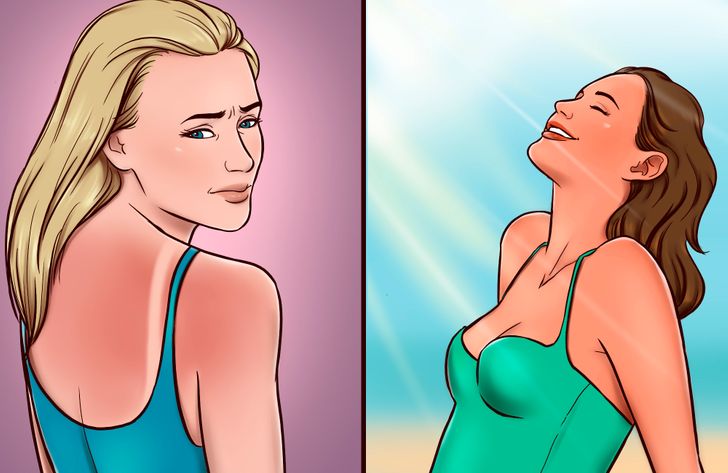
Melanin, once again, is responsible for tanned skin. The nice sun-kissed color we all long for is nothing more and nothing less than the skin’s reaction to what it considers to be a UV ray attack. Melanin acts as a kind of barrier and increases its concentration, absorbing these rays to avoid irreparable damage. This is why we see ourselves looking tan after moderate exposure to the sun.
But not all types of skin produce the same amount of melanin. Sometimes the quantity produced is not enough to prevent UV rays from reaching deeper layers of our skin. In that case, those layers end up being damaged, and we call it a sunburn. Sunburns happen when the time we spend exposed to the sun, or the way in which we do it, exceeds the protective capacity of this natural barrier. Lighter skin can already burn in about 15 minutes while darker skin can be exposed to the same radiation for longer periods without anything happening to it.
5. Our skin is full of bacteria.
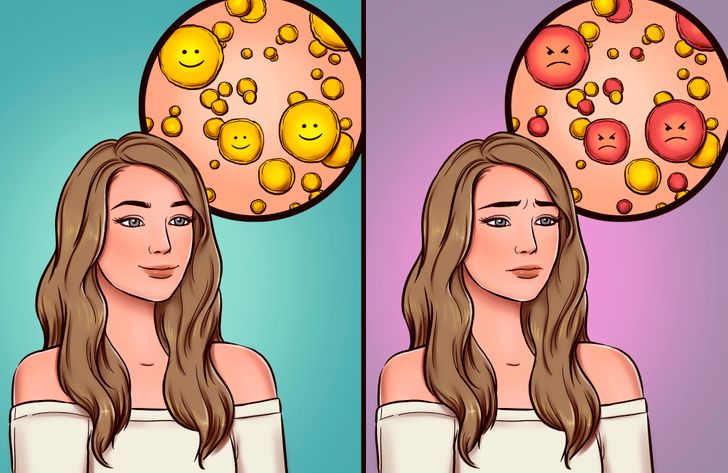
During your adult life, up to 1,000 different species of bacteria can be found living in your skin. These organisms, which are created by our own body, are usually good and oftentimes needed. They help fight other pathogens that can be harmful to us — and we’re exposed to them every day. But under certain conditions such as environmental factors, aging, stress, anxiety, and excessive sun exposure, those good bacteria can turn against us and cause various skin problems. Dermatitis, acne, and rosacea are among the most common issues.
6. Why we get goosebumps
You can track goosebumps back to animals. We inherited this from them as a defensive mechanism to fight cold. Every hair is connected to the skin by a tiny muscle that can be contracted. When that happens, the hair “stands up.” The more fur an animal has, the more effective the trick is. Animal fur also bristles when they feel threatened. That’s why a cat with bristly fur and an arched back, for example, looks bigger, and that can be useful when they need to scare away an enemy.
Goosebumps may also occur during times of physical exertion, even for small activities. This is because the physical exertion activates your sympathetic, or instinctual, nervous system. Sometimes, goosebumps may come up for no reason at all.
7. The skin and brain are one when it comes to emotions.
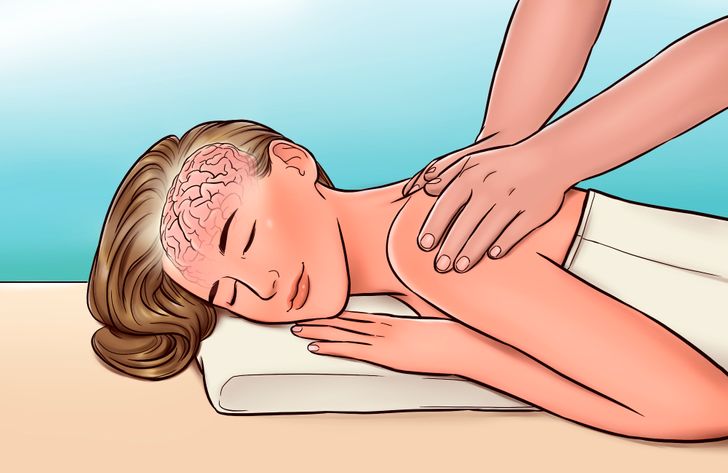
Humans have many skin receptors that help us perceive what’s happening in both the outside and the inside of our bodies. Most of these receptors are found on the skin. They’re partly responsible for making us experience cold, heat, and many other things we experience every day.
This connection can be seen when we get goosebumps, for example. As we mentioned in a previous point, the chills can be perceived as either pleasant when the stimulus is a caress, or as threatening when we’re scared by something. That could be related to our ability to discern both situations. Our brain allows us to rationalize the situation and experience it that way.
8. Why our fingertips wrinkle in the water
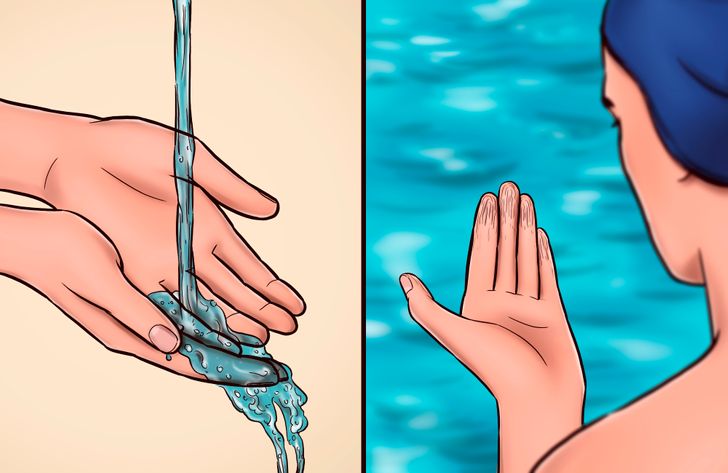
The outermost layer of the skin is covered by a special oil that, in addition to moisturizing and protecting the skin, makes it waterproof. When we wash our hands, we can easily see that the water does not penetrate the skin, but instead, slips off. This is because the oil works as a barrier that prevents skin from acting like a sponge that immediately absorbs any liquid. But when we soak our fingers in water for a long time, like when we swim or take a relaxing bath, that oil disappears. Then water can easily penetrate the outermost layer of the skin, and as a result, it starts absorbing water.
There are several theories that could explain why skin wrinkles when it absorbs water, but there’s still no clear conclusion. One theory says that it’s a way of adapting ourselves to the environment. Wet objects are difficult to pick up and wrinkled skin could make the task a little bit easier.
9. Skin, nails, and hair are all part of the same team.
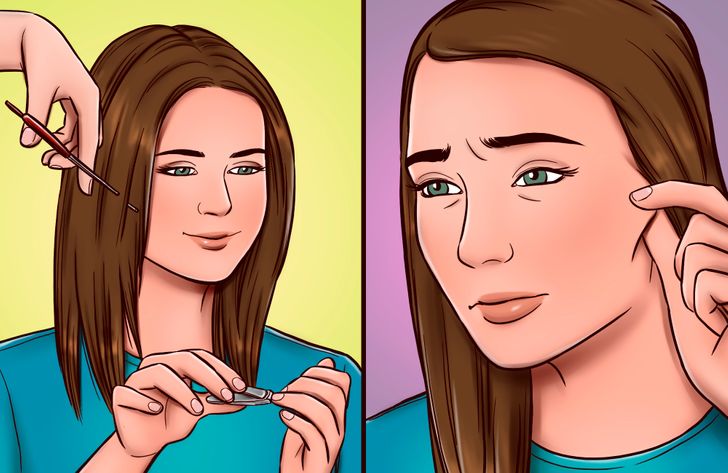
Hair and nails are actually just 2 different types of skin. They’re more like skin extensions if you will, and they’re meant to protect some parts of our bodies. Hair grows everywhere on the body except for our lips, the backs of the ears, the palms of hands, the soles of the feet, the navel and scar tissue. And nails provide protection to the sensitive tips of the fingers and toes.
Surprisingly, neither hair nor nails are living cells, so you might be wondering why they still grow every day. But the fact is, they actually don’t. When new skin (which is alive) is created, it pushes out dead cells. Those dead cells, by the way, used to be skin. It’s this process that makes your hair “become longer” even though it’s just being pushed out. A similar process happens to the nails. Skin cells grow and accumulate on the ends of our fingers, resulting in a thick layer of keratin. Those are our nails. The fact that hair and nails are made of dead cells explains why we don’t feel pain when we cut them.
Are there any facts that caught your attention more than others? Do you know any other curious facts about the skin that we haven’t mentioned? Share them with us in the comments!
Comments
Related Reads
I Refuse to Do My Coworker’s Job for Free—So I Made Him Pay

I Refused to Help My Pregnant DIL—I’m Retired, Not a Free Babysitter

15 Stories That Show Kindness Is the Quiet Power the World Often Forgets

10 Real Moments That Hit Harder Than Any Movie Scene

13 Stories Proving That Female Solidarity Turns Ordinary Women Into Legends

My Parents Gave My Brother the House They Promised Me—And They Learned Their Lesson
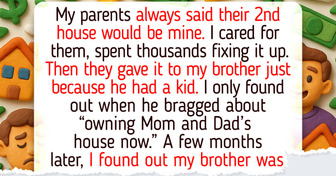
I Knew My Son Was Ashamed of My Job—but His Next Move Hurt Me Deeply

10 Moments That Proved the Worst Betrayal Comes From Home

15 Stories That Prove a Small Spark of Kindness Can Light Up a Fading Soul

I Refuse to Help My Homeless Mom After She Spent All Her Retirement Money on My Sister
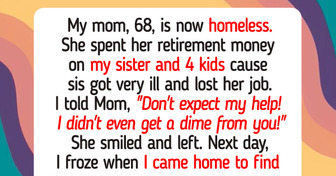
18 Stories That Prove a Cleaner’s Job Is About More Than Just Dusting

My Parents Secretly Drained My Entire Savings Account—Then I Turned the Tables on Them
